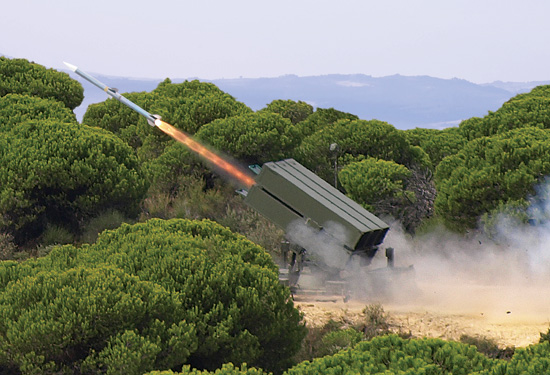Defence and Raytheon Australia have signed a $12.1 million contract for stage one of the Army’s new anti-aircraft missile system.
Defence Industry Minister Christopher Pyne said this would include risk mitigation activities to inform the final system configuration, creating up to 10 new jobs.
He said the government had committed to the highly successful National Advanced Surface to Air Missile System (NASAMS), which will be adapted to Australian requirements.
The project is worth up to $2 billion.
“The year-long risk mitigation activity will examine the system’s use in an Australian context. It’s a significant project and the work will ensure we make the right decisions to protect our troops,” he said.
In April, Raytheon Australia was chosen as prime systems integrator for NASAMS, which is in use in the US and six other nations.
Originally this was the Norwegian Advanced Surface-to-Air Missile System, developed for the Norwegian Air Force by Raytheon and Norwegian firm Kongsberg.
NASAMS can use different sensors and missiles. The baseline missile is the familiar AIM-120 AMRAAM, though it can also launch AIM-9X and ESSM, all already in the ADF inventory.
Minister Pyne said the initial work will investigate potential capability enhancements to inform the NASAMS’ final system configuration, including integration with existing Australian Defence Force equipment.
Raytheon is now assessing integration of the Australian CEA radar, in place of the US Sentinel, and use of the new Hawkei vehicle as a launch platform.
“The Short Range Ground Based Air Defence system will provide the inner most layer of Australia’s enhanced integrated air and missile defence capability, operated by Army’s 16th Air Land Regiment,” Minister Pyne said.
Raytheon will hold workshops around Australia later this year to engage with Australian industry about supply chain opportunities.
Defence will use Raytheon’s work to complete a detailed analysis prior to returning to government for final consideration in 2019.








